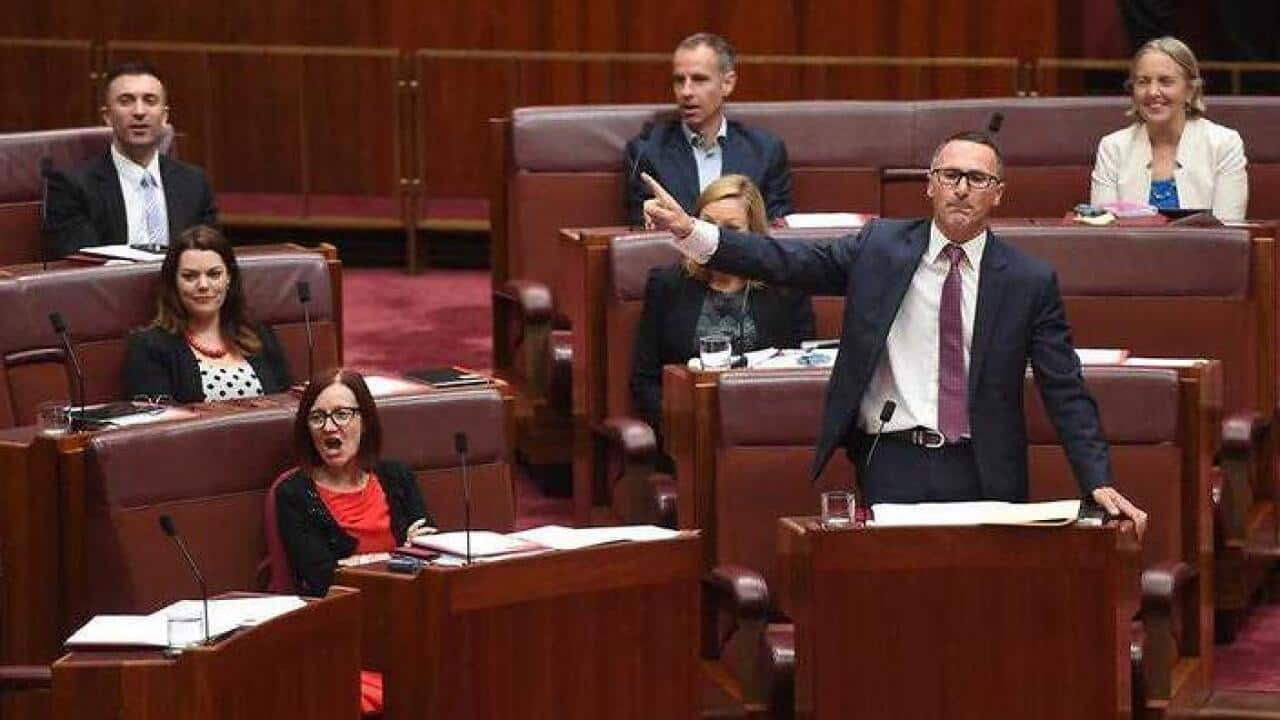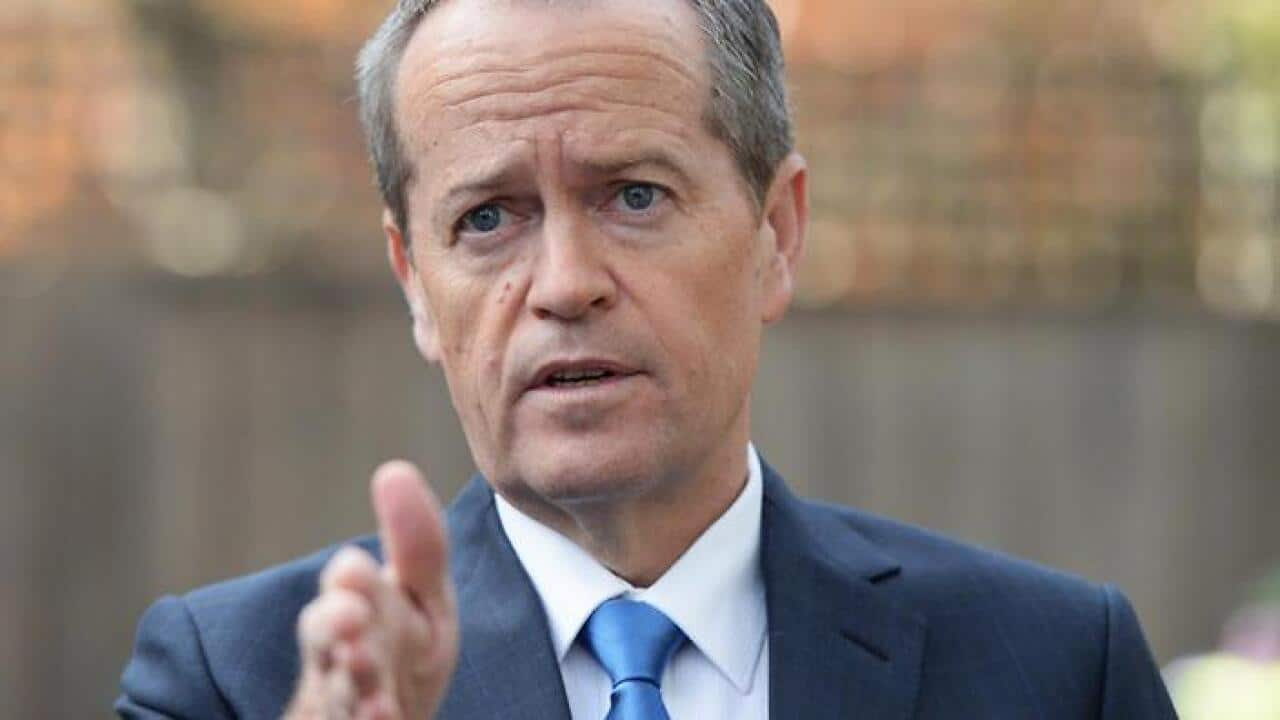Labor has contested state elections from 1891 and every federal election since Federation in 1901 and is proud of its long history fighting for workers.
The ALP is essentially the creation of trade unionists, and more than 120 years after its formation it's still influenced by the broader labour movement, with unions incorporated in its formal structures.
Underpinning the party is its system of factions, which are loosely-based around ideological beliefs on the left and the right.
Related reading

Vote 2016: Greens party profile
Monash University political analyst Nick Economou said the factions were crucial to how the party operated.
"Nothing in the Labor Party happens without the say-so of factional leaders and factional convenors and that same culture of collective approach to decision-making that goes on in the party overall happens at the factional level as well," he said.
"Factional adherents will get together and they will decide on a collective approach and then they are all bound by it. It's very, very disciplined."
Broadly speaking, those in what's known as the socialist left are said to follow more socially progressive ideals.
The right are more economically liberal and less focused on social issues.
Traditionally, Labor voters have been seen as dominated by the 'blue collar' male workforce, that is, those involved in jobs involving manual labour.
But the party has been under pressure to broaden its appeal beyond the union movement.
Despite that, Australian National University Professor John Wanna said, while the grassroots membership of unions has declined over the years, their influence had increased among federal Labor MPs.
"I think in the last parliament there were only a couple that didn't have a union or party staffer background in terms of members of parliament," he said.
Related reading

Vote 2016: Liberal Party profile
"The union influence in the party, in the caucus is, I think, getting stronger ironically, or paradoxically, as the influence of unions in the broader society is declining."
A key change for Labor since its poll defeat three years ago has been the involvement of the party rank and file in the election of leader Bill Shorten.
Despite losing the popular vote to frontbencher Anthony Albanese, from New South Wales, Mr Shorten prevailed in the leadership ballot, thanks to the support of his parliamentary colleagues.
According to Professor Wanna, it's been a tough three years for the Victorian MP and former union official.
Mr Shorten has led a party shattered by the 2013 defeat and then dealt with the fallout from the Liberal leadership upheaval.
"When Shorten took over he had a really hard job of pulling the party together," Professor Wanna said.
"They had just lost office, a lot of their members were disappointed, dispirited, and then he had to face the Liberals coming back, defeating Abbott and bringing Turnbull in and then a lot of euphoria around Turnbull.
"But in the last six months or so, Shorten has probably been playing a much, probably smarter game."
When Mr Shorten took over the top job he inherited a party badly bruised by a series of leadership challenges.
Out-going Labor leader Kevin Rudd had departed the scene, having wrested back the prime ministership from Julia Gillard.
The in-fighting took its toll on the party at the last election, with the Coalition securing a comprehensive win.
Few would have given Mr Shorten much hope of becoming prime minister just three years later.
But the combination of Tony Abbott's unpopularity, Malcolm Turnbull's failure to live up to expectations and an opposition boldness to set the policy agenda has given the ALP new hope.
Professor Wanna said Mr Shorten benefited from a less damaging than expected swing against Labor in 2013, with most of his frontbench surviving.
Related reading

Vote 2016: The Nationals party profile
"There was a fear at one stage that a whole swathe would be swept out in western Sydney and the Labor Party would be left without a great deal of leadership talent," he said.
"That didn't happen and Bill Shorten has had the ability to work with a fairly competent shadow ministry, many of whom had been senior ministers in the former government. So he's had that going for him."
Electoral victory will be a tough task though, with Labor needing a uniform swing of four per cent and a net gain of nineteen seats to return to the seat of power.
Dr Economou predicts Mr Shorten's team will fall short.
"I rather suspect that what's going to happen at the election is the Labor Party is going to get a swing towards it, it's going to pick up seats but it's not going to be able to pick up enough seats to be able to form government," he said.
"Labor tends to be very, very strong in Victoria, but there are few marginal seats in Victoria. The battle is in Queensland and it's in New South Wales and the evidence so far is that Labor is struggling to make up ground there."
If it does pull off an upset win, a federal Labor government will join current ALP administrations at a state level in Victoria, Queensland and South Australia.
RELATED READING

Coalition, Labor tied in latest poll

